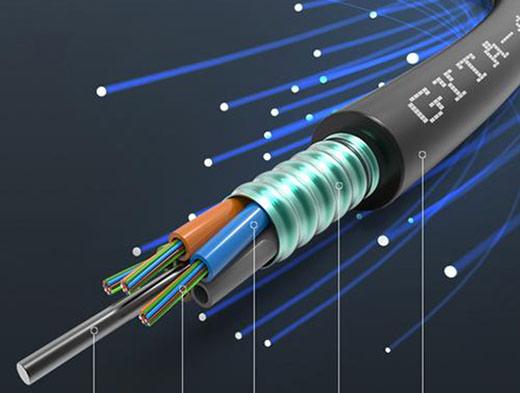Indoor optical cable failure,Indoor optical cables are widely used in buildings for a variety of applications, including telecommunications, data transmission, and security systems. These cables are designed to provide reliable and high-speed communication over long distances, but they can still experience failures. In this article, we will discuss some of the common causes of indoor optical cable failure and how to prevent them.

Mechanical Damage
One of the most common causes of indoor optical cable failure is mechanical damage. These cables are often routed through walls, floors, and ceilings, and can be subjected to bending, twisting, and crushing. Over time, this can cause the fibers inside the cable to break or become damaged, resulting in signal loss or complete cable failure.
To prevent mechanical damage from causing cable failure, it is important to handle the cables carefully during installation, use appropriate strain relief measures, and avoid excessive bending or pulling of the cables. It is also important to ensure that the cables are properly secured and protected from damage during installation.
Environmental Factors
Indoor optical cables can also be affected by environmental factors such as temperature, humidity, and exposure to chemicals. These factors can cause the cable jacket to deteriorate or damage the fibers, leading to signal loss or complete cable failure.
To prevent environmental factors from causing cable failure, it is important to store the cables in a cool, dry place away from sources of heat or moisture. If the cables are exposed to chemicals or other hazardous substances, they should be carefully inspected and tested before use to ensure that they are still functioning properly.
Connector Damage
Connectors are a critical component of indoor optical cables, but they can also be a source of failure. If the connectors become dirty, damaged, or misaligned, they can cause signal loss or complete cable failure. Connector damage can occur due to mishandling of the cables or during the process of plugging and unplugging equipment.
To prevent connector damage, it is important to handle the cables carefully and to inspect the connectors regularly for dirt or damage. It is also important to use high-quality connectors that are designed for the specific application.
Overloading
Overloading occurs when the cables are subjected to more signal traffic than they are designed to handle. This can cause the fibers to become overloaded and can lead to signal loss or complete cable failure. Overloading can occur due to improper cable selection, improper routing, or excessive distances between devices.
To prevent overloading, it is important to select the appropriate cables for the specific application, carefully route the cables to minimize the distance between devices, and ensure that the cables are not overloaded with too much signal traffic.
Aging and Degradation
Over time, all materials undergo aging and degradation, and indoor optical cables are no exception. The cable jacket can become brittle and crack, or the fibers can become damaged due to exposure to environmental factors or mechanical stress. This can lead to signal loss or complete cable failure.
To prevent aging and degradation from causing cable failure, it is important to use high-quality cables with a long lifespan and to regularly inspect and maintain the cables to ensure that they are still functioning properly.
Conclusion
Indoor optical cable failure can be a significant problem in buildings, leading to signal loss or complete cable failure. To prevent cable failure, it is important to handle the cables carefully during installation, use appropriate strain relief measures, protect them from environmental factors and chemicals, inspect the connectors regularly, select the appropriate cables for the specific application, avoid overloading, and regularly inspect and maintain the cables to ensure that they are still functioning properly. By following these best practices, you can ensure that your indoor optical cables remain reliable and functional, providing high-speed and high-quality communication for your building's telecommunications, data transmission, and security systems.
03-21
202502-12
202509-12
202409-05
202408-16
202408-07
202408-06
202408-02
202407-30
202407-29
2024
